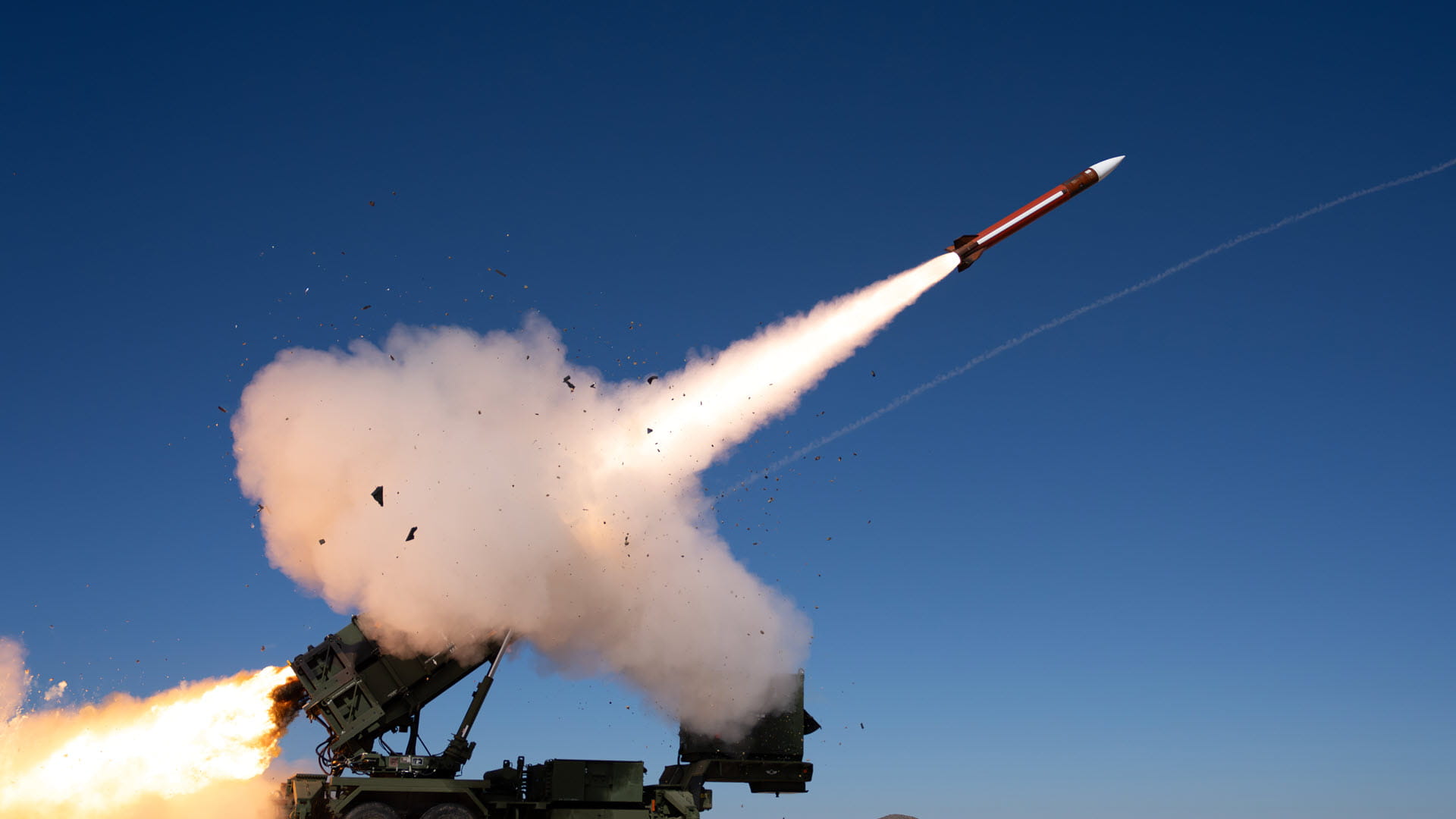From photons to forecasts
How satellites and other systems shape weather prediction
Weather prediction has been a part of our existence for centuries. From mariners trying to figure out the state of the sea to farmers using the Farmer’s Almanac for a long-range weather outlook to plan better crop yields. These early forecasters were attempting to predict the weather based on the past.
“Today’s weather forecasting is a quantum leap from those days,” said Shawn Cochran, senior manager for Space & C2 Systems at Raytheon Intelligence & Space, a business of Raytheon Technologies. “Nothing has disrupted and improved forecasting more than the advent of highly accurate weather satellites.”
Satellites have greatly improved our understanding of the planet and weather phenomena, allowing us to look literally inside the eye of the storm. They also help forecasters make more accurate predictions, so people know if it will be a hot day or if they need to prepare for an approaching hurricane.
“All of the weather information we get on our smartphones or local news stations comes from a network that starts in space, from systems like our Visible Infrared Imaging Radiometer Suite, or VIIRS,” Cochran said. “From satellites to ground antennas, sensors, data processing and more, these networks ensure that weather data is delivered to users in a quick and timely manner.”
As the satellites circle Earth from pole to pole, VIIRS captures photons – light from the planet – through a sensor, similar to how cameras capture light to produce images. Data captured by VIIRS and other instruments is downlinked to the ground via the RI&S-designed JPSS Common Ground System.
The raw data is then processed into environmental data records, or EDRs, and sent to locations around the world. In the United States, EDRs are ingested into key U.S. centers, where complex hardware and software systems process the data, enter it into a database and visualize it for users like NOAA’s National Weather Service, or NWS, the U.S. Air Force and the U.S. Navy.
“The entire process, from the moment that photons hit the spacecraft to the time that weather products are available to customers, takes less than an hour on average with NOAA-20,” said J.P. Nguyen, director for Space & C2 Systems at Raytheon Intelligence & Space. “It’s not just severe weather events where up-to-the minute information matters. The U.S. Air Force Space and Missile Systems Center is working to develop its next-generation weather satellite to improve the weather data that operators use to plan missions.”
RI&S will provide an initial prototype design, enabling theater weather imaging and cloud characterization capabilities. Understanding clouds and cloud movement is used for things as simple as route planning for air-to-air refueling or to know where clouds might be covering an area of interest.
“The next time you receive a weather alert on your smartphone or smartwatch, or your local meteorologist delivers the weekly forecast, think about the weather satellites 500 miles up in space, collecting data about the Earth’s weather,” Nguyen said. “And, with new technologies like AI and machine learning, forecasters will be able to sift quickly through the massive trove of data coming in every second to make better, faster predictions.”




